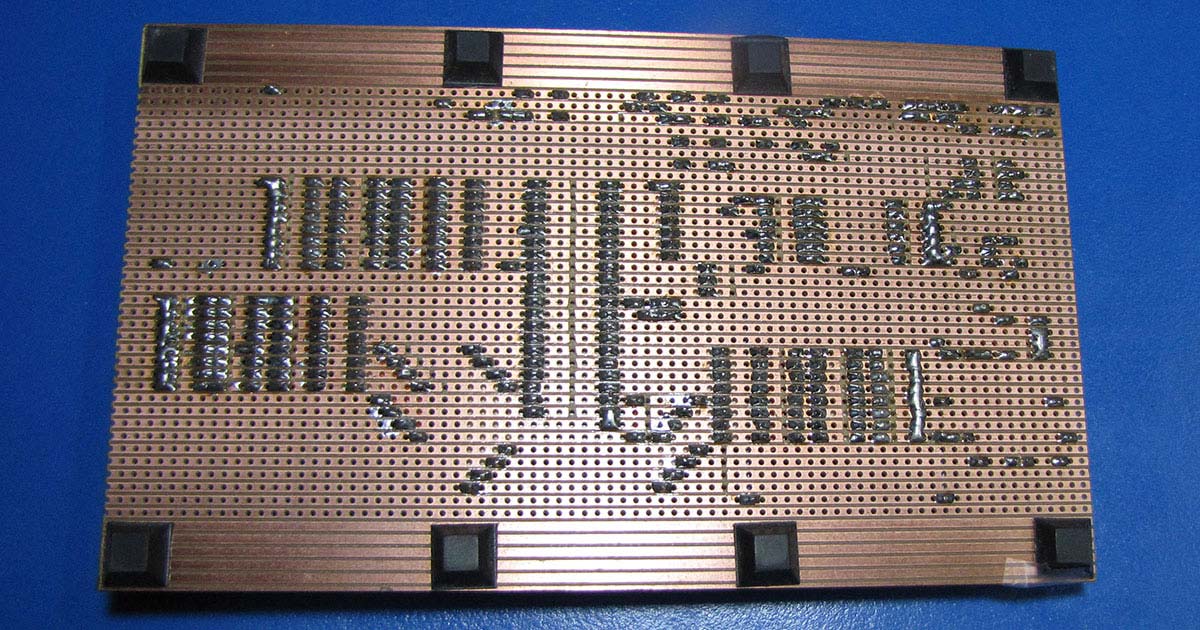StraightView
Member level 1
Hello everyone, I made three smps circuits copied from diagrams found in the internet like in picture below, but none of them worked, the problems I faced is either no current generated at transformer's output or as soon I connect the main power (220v), a short circuit happen and damaged the transistor or mosfet, I'm putting a single thin wire as a fuse, it gets burn out,
also according to my poor electronic knowledge, when I look to those smps diagrams I see that there's a short circuit of high voltage because the power goes directly to transformer's premary which is connected to transistor's collector and goes through the emitter which is connected directly to the ground! so is this not a short circuit?!!.
I appreciate any help solving this problem, thank you.

also according to my poor electronic knowledge, when I look to those smps diagrams I see that there's a short circuit of high voltage because the power goes directly to transformer's premary which is connected to transistor's collector and goes through the emitter which is connected directly to the ground! so is this not a short circuit?!!.
I appreciate any help solving this problem, thank you.
Last edited:
